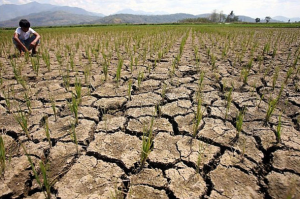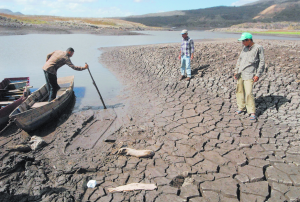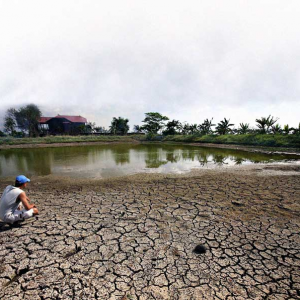
QUEZON City, Philippines (August 26) – Change is inevitable in any form. Lately this year we experienced it through the weather. Weather forecasters and experts already predicted this type of weather changes known as El Niño. Now, what is El Niño?
El Niño is a climate pattern that causes extreme weather conditions. El Niño occur when there is large-scale warming of the surface of the Pacific Ocean, which can cause droughts, floods and even fishing and agricultural issues as its warm waters move east. El Niño lasts for anywhere from nine months to two years, and it occurs approximately every two to seven years. In order for us to know what’s going on with the weather and obviously, how to beat the heat, here’s a list of things that we should know about El Nino.
Interesting El Niño Facts:
- Contrary to popular belief, global warming did not cause El Niño. It is a natural climate change that occurs as semi-regular intervals.
- El Niño is Spanish for Christ Child, and it was named this because El Niño usually begins to appear around the last quarter of the year.
-

Source: www.globalissues.com When El Niño occurs, there is a lot of disruption of sea life, especially in coastal regions. This often has negative effects for the livelihood of many fishermen.
- In 1982-83, and in 1997-98, we experienced the strongest El Niño effects in the 1900s. Australia suffered its worst drought of the century and there were very strong storm systems in the SW United States.
- El Niño has been responsible for floods, droughts, thunderstorms, extreme rainfall, milder Canadian winters, lowered cyclone and hurricane activity, and dryer-than-normal monsoons.
- During El Niño, the United States experiences wetter and cooler weather.
- During El Niño, California experiences wetter weather.
- El Niño can be predicted with two major different systems, either the hydrodynamic coupled ocean-atmosphere model, or with statistical models.
- Mark Cane and Steve Zebiak were the first to successfully predict El Niño. They were using an intermediate ocean-atmosphere coupled model that they developed.
- El Niño occurs when the tropical Pacific waters are warmer than normal, while La Niña refers to when the tropical Pacific waters are colder than normal.
- Nobody is quite sure why El Niño occurs or why it occurs in a regular cycle every three to seven years or so. Scientists have determined the effects El Niño has around the world, but not what causes it in the first place.
- Cycles of disease outbreaks have been linked to the El Niño cycle. Some of these diseases that seem to be linked to events caused by El Niño include malaria, dengue, Rift Valley fever and Australian encephalitis. These are all linked to higher rainfall and flooding, as they are all transmitted by mosquitoes, which thrive in wet areas.
- The food supply for sea mammals, birds and fish is disrupted by El Niño.
- Both El Niño and La Niña have the ability to change the climate across more than 50% of the earth. They are the most powerful earth phenomena.
- Some people believe that El Niño occurs as the result of underwater volcanoes in the Pacific Ocean, however there is no proof or definitive cause known as of yet.
So, what makes this year’s El Nino different from past years?

The effects of El Niño are reduced rainfall that may lead to drought, stronger typhoons and high risk of forest, grass and bush fires. During this time of the year, we are now experiencing rain falls but then there are also instances wherein we cannot sleep at night due to extreme heat. Always be sure to be informed about the weather because you will never know when it’s going to rain or not.
(written by Joana Joyce Tan Marcaida, edited by Jay Paul Carlos, additional research by Lovely Ann Cruz)







